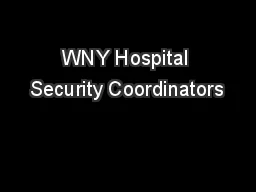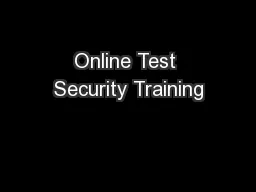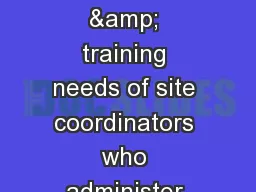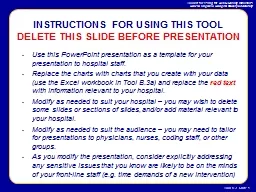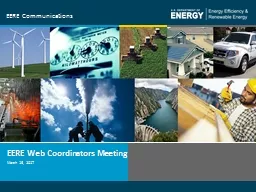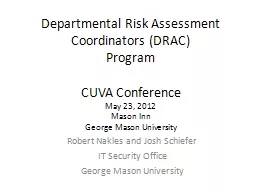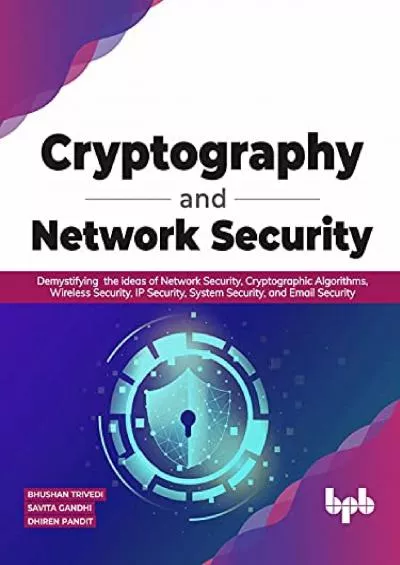PPT-WNY Hospital Security Coordinators
Author : karlyn-bohler | Published Date : 2020-01-30
WNY Hospital Security Coordinators Workgroup Meeting Friday January 22 2016 1200 1500 at the WNY Healthcare Association 1 Agenda 2 Healthcare Specific Issues ALICE
Presentation Embed Code
Download Presentation
Download Presentation The PPT/PDF document "WNY Hospital Security Coordinators" is the property of its rightful owner. Permission is granted to download and print the materials on this website for personal, non-commercial use only, and to display it on your personal computer provided you do not modify the materials and that you retain all copyright notices contained in the materials. By downloading content from our website, you accept the terms of this agreement.
WNY Hospital Security Coordinators: Transcript
Download Rules Of Document
"WNY Hospital Security Coordinators"The content belongs to its owner. You may download and print it for personal use, without modification, and keep all copyright notices. By downloading, you agree to these terms.
Related Documents

